More about Palazzo Pitti
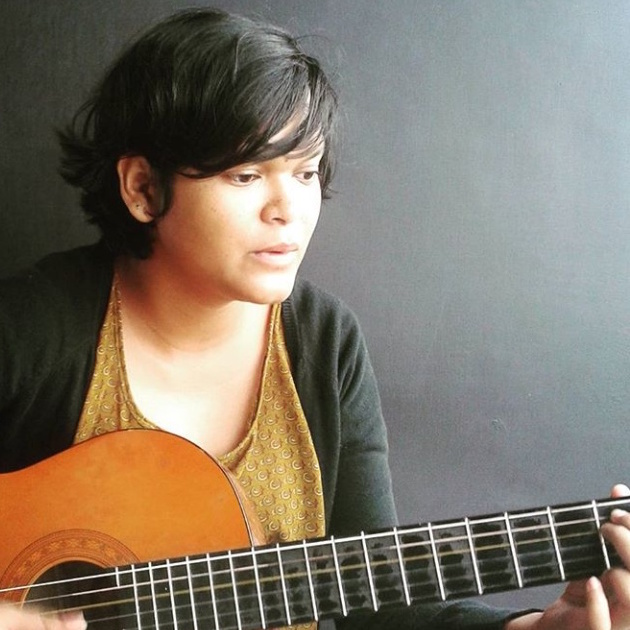
Contributor
One man’s trash is another man’s palace.
Luca Pitti got lucky when the Medicis rejected Brunelleschi’s plan for their palace. Luca, it seems, was both a friend and a foe of the Medicis. He had met enough success as a banker to mess with the gangster family a bit. So, when Brunelleschi went sulking back home, Luca stopped him and said: “Hey Bruno, you wanna build that thing for me instead?” Luca died before the entire thing was built, and so did Brunelleschi.
Historians are almost 90% sure that Brunelleschi designed the building. I mean, why else would the Medicis want to buy this place? But, Brunelleschi had been dead for 12 years before construction was started in 1457. Giorgio Vasari asserted that since the building was executed by the architect’s student, Luca Fancelli, it had to be a Brunelleschi design. About a hundred years later, Eleanor of Toledo, wife of Cosimo I de' Medici, bought the palace from the Pittis. They were happy to sell, considering their money troubles. In the end, the palace was meant for the Medicis.
The Palace houses four museums. The place is huge. There’s the Treasury of the Grand Dukes, the Palatine Gallery, the Modern Art Gallery, and the Museum of Costume and Fashion. The Palace also features the magnificent Boboli Gardens. The Palatine Gallery exhibits some of the most influential painters of the Italian Renaissance era. From Michelangelo to Carravaggio, these are some pretty expensive walls. The Palace also has some pretty expensive rooms, a Museum of Silver, Porcelain, and fancy carriages. The Pittis lived here, then the Medicis, after them the Lorraine family, and then, finally. the Kings of the House of Savoy. Four influential families have walked through these halls, slept in these rooms, had parties in these gardens. It’s, honestly, quite remarkable.
King Victor Emmanuel III of Savoy gifted the Palace to the people of Italy in 1919. This guy watched and enabled Fascism to grow in Italy. The King did nothing to stop Mussolini from stripping Italy of one human right after another. I wonder if this was an apology or a distraction. I can’t tell which is worse.
Sources
- "The History of Palazzo Pitti and the Medici Family." Florent Apartments. Accessed August 21, 2019. https://www.florentapartments.com/en/blog/history-palazzo-pitti-medici-….
- "Palazzo Pitti in Florence." Visit Tuscany. Accessed August 21, 2019. https://www.visittuscany.com/en/attractions/palazzo-pitti-in-florence/.
- "Pitti Palace." Florence. Accessed August 21, 2019. http://www.museumsinflorence.com/musei/Pitti_palace.html.
- "The Palazzo Pitti and the Boboli Gardens." Visit Florence - Fall in Love with Florence, Italy! Accessed August 21, 2019. https://www.visitflorence.com/florence-museums/pitti-palace.html.
- "Palazzo Pitti: The Portrait of the Medici's Power in Florence and a Great Museum Complex." Antica Torre Di Via Tornabuoni 1. May 30, 2018. Accessed August 21, 2019. https://www.tornabuoni1.com/en/2018/04/09/palazzo-pitti-medici-florence/.
- Afp. "Royal Row as Body of King Who Aided Mussolini Returns to Italy." The Local. December 17, 2017. Accessed August 21, 2019. https://www.thelocal.it/20171217/royal-row-as-body-of-king-who-aided-mu….
Featured Content
Here is what Wikipedia says about Palazzo Pitti

The Palazzo Pitti (
Italian: [paˈlattso ˈpitti]), in English sometimes called the Pitti Palace, is a vast, mainly Renaissance, palace in Florence, Italy. It is situated on the south side of the River Arno, a short distance from the Ponte Vecchio. The core of the present palazzo dates from 1458 and was originally the town residence of Luca Pitti, an ambitious Florentine banker.
The palace was bought by the Medici family in 1549 and became the chief residence of the ruling families of the Grand Duchy of Tuscany. It grew as a great treasure house as later generations amassed paintings, plates, jewelry and luxurious possessions.
In the late 18th century, the palazzo was used as a power base by Napoleon and later served for a brief period as the principal royal palace of the newly united Italy. The palace and its contents were donated to the Italian people by King Victor Emmanuel III in 1919.
The palazzo is now the largest museum complex in Florence. The principal palazzo block, often in a building of this design known as the corps de logis, is 32,000 square metres. It is divided into several principal galleries or museums detailed below.
Check out the full Wikipedia article about Palazzo Pitti

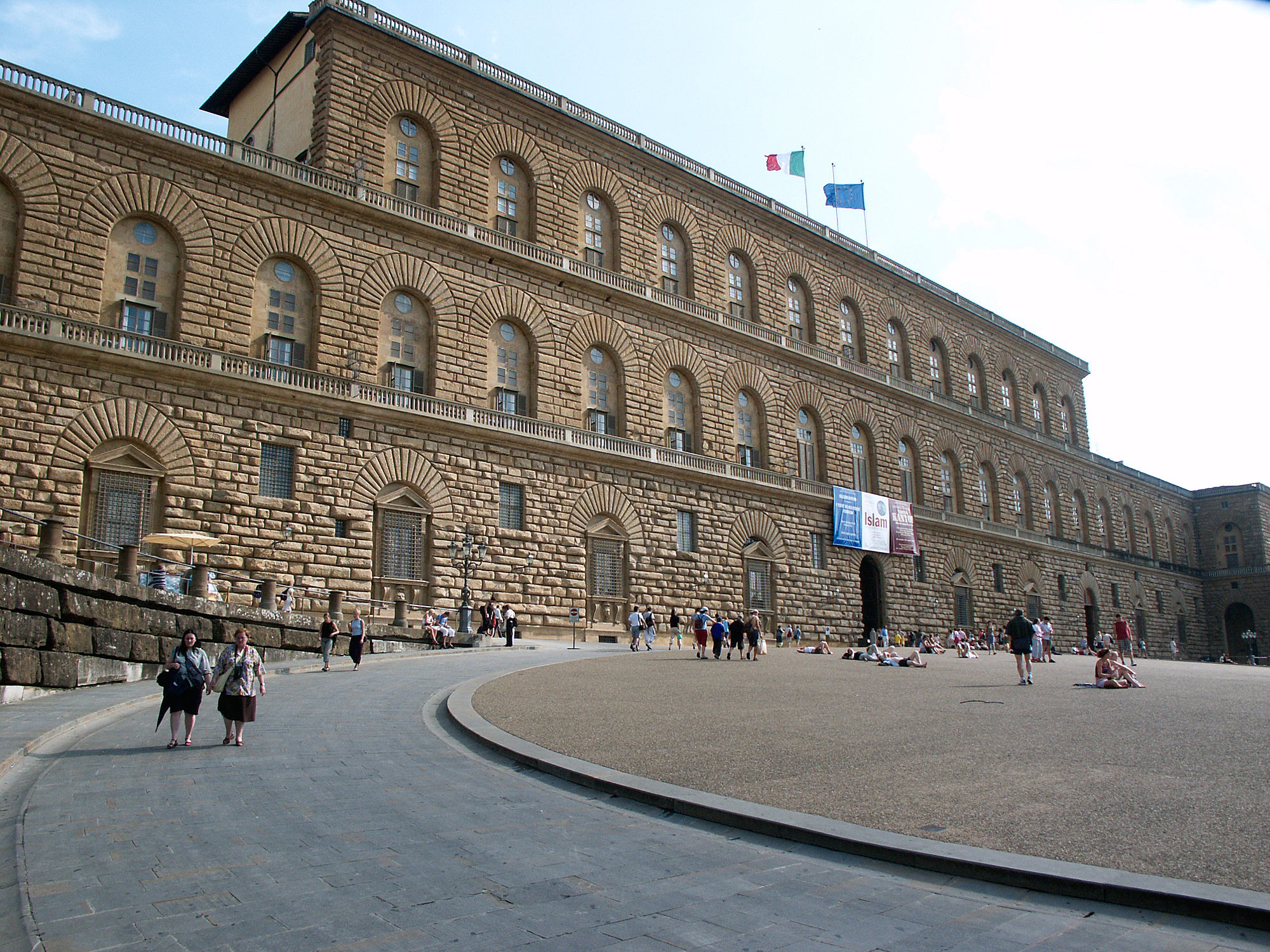
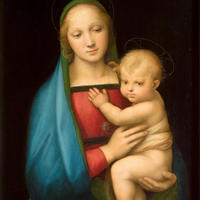
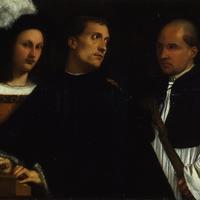
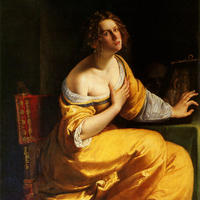
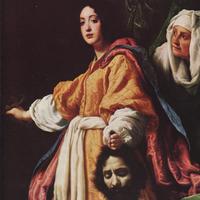
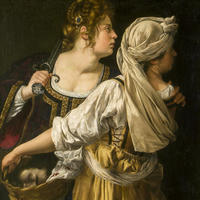









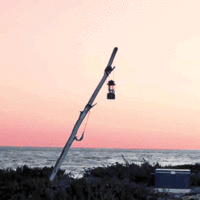
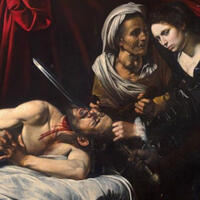

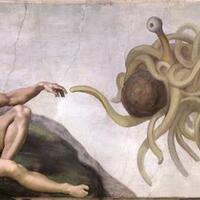
Pitti palace is a gem due to the architectural beauty and the enhancement.